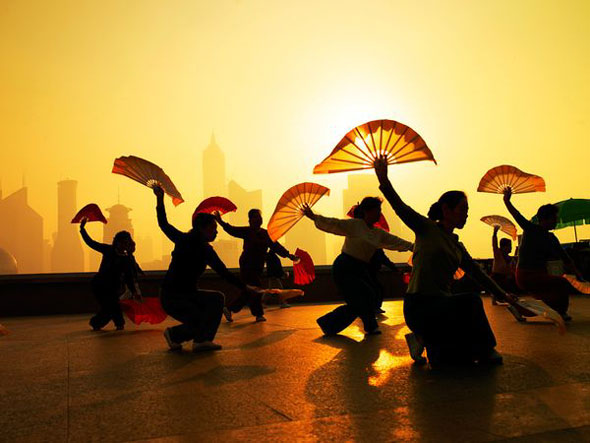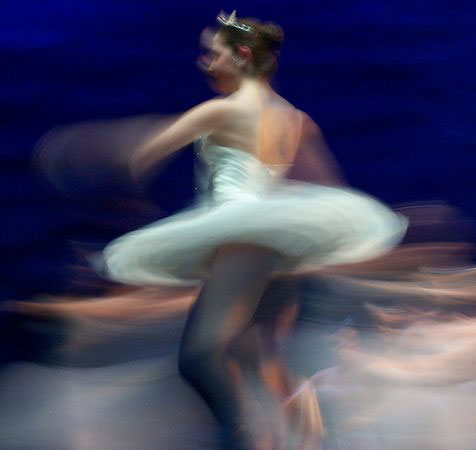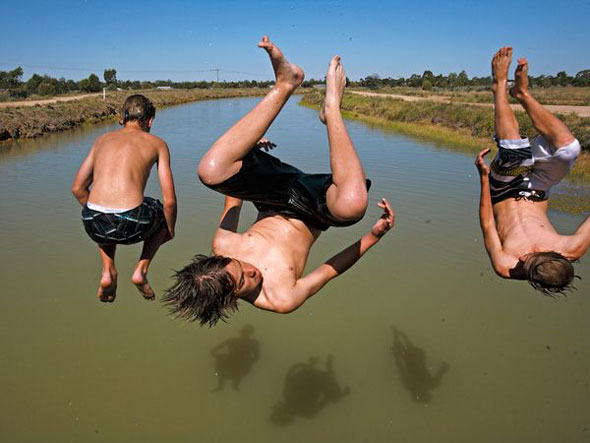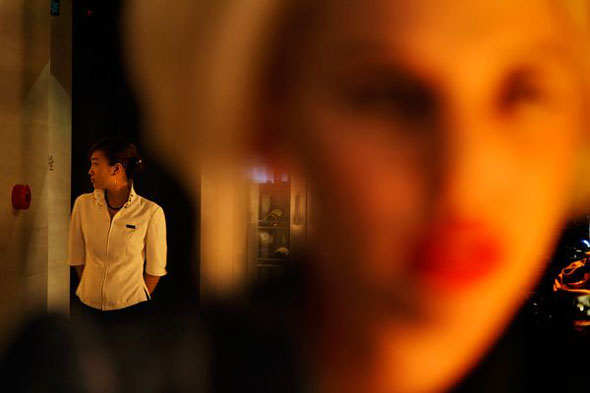The “Breaking Bad” of photography: National Geographic posts the antitheses to the rules of photography. Learn the rules of photography, then break them. Imagine everyone would apply the rule of thirds all the time… Making one’s own rules is one of photography’s beauties. Imagine it would be an exact science — we’d all look and behave like identical twins.
Or, like Apple once said, “think different.” That’s what Nietzsche meant with “Nothing is true, everything is permitted.” In the end photography is all about how one uses light. Yet, while the conventional photography guidelines provide an important framework, once you learn the basics, there are no limits to personal expression, tells us National Geographic:
Break the Rule of Thirds
A basic rule of composition is to divide your frame into thirds and then place the subject at the intersection of the lines, or “sweet spots,” allowing the eye to take in the entire scene.

Powerful images can also be created by placing your subject in the center, especially when there is symmetry and a strong point of reference, as in this image of children playing on a trampoline in South Africa. The energy of the jumping boy in the center is enhanced by the fact that the eye is drawn directly to him, while the children on either side form a pleasing frame.
Shoot Into the Light
Shooting with the light source behind you, so that the subject is illuminated from the front, is an oft-cited rule of thumb.

Backlighting creates the opposite effect — and serves to separate the background from the subject in a way that can be quite dramatic. If you want a silhouette, expose for the background. When shooting against the sun, wait for the moment when it is masked by something in the frame, so that the picture is not overwhelmed with light.
Tilt Your Camera
Keeping the horizon line — and overall scene — straight is an important rule of photography when composing for almost any landscape. However, an intentional and dramatic tilt of the camera can add a dynamic twist to your shot, transforming the scene from the expected to something surprising.

Create Movement Blur
What might start out as the unintentional result of a shaky camera can actually be quite compelling — and lend just the right mood to your shot. Try shooting at slow shutter speeds to deliberately blur your subject. To provide a point of reference, keep a small portion of the shot sharp. In some cases, if the subject is graphic enough, a blurred shot can result in a beautiful and abstract image.

Take Photos in the Middle of the Day
Early morning and late afternoon are often cited as the ideal time to shoot: With the sun lower in the sky, the light has mellower tones and creates long shadows. But sometimes the harsh midday light can lend the right mood to your subject, and the compact, distinct shadows work to your advantage.

Reverse the Active Space Rule
Rather than leave space in the frame for your subject to move into, as the active space rule suggests, try to do the opposite. Photographing your subjects moving out of, rather than into, the frame creates a sense of movement—and interest about what is being left behind.

Shoot Out of Focus
Leave your main subject unfocused and instead focus on a secondary detail in the scene. In this shot, the layered effect creates a sense of peeking behind the scenes. Switch into manual focus mode and use a wide aperture to get a narrow depth of field.

Experiment by choosing objects in the foreground, or background, to keep sharp. Or, try having the entire image out of focus — just be sure to keep the subject in just enough focus to discern what it is.
Zoom In While Shooting
Zooming in or out with your zoom lens while taking a shot is another way to create motion and dimension. Hold your camera still, select a shutter speed slow enough to accommodate your zooming range, and zoom at a smooth, consistent pace. Choosing situations where there are available light sources can really boost this effect.

Embrace Negative Space
Empty space does not mean wasted space. Think of the empty space as an object, and lend the same consideration to its placement as you would other elements in the frame. In this case, negative space and framing work in tandem to reinforce the tranquil and dreamy mood.



